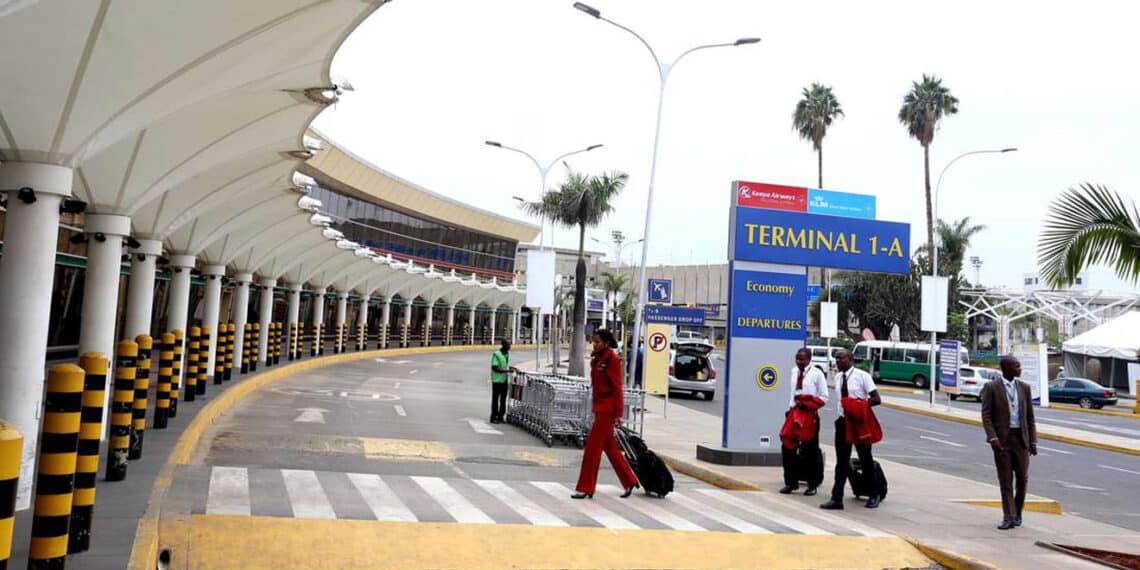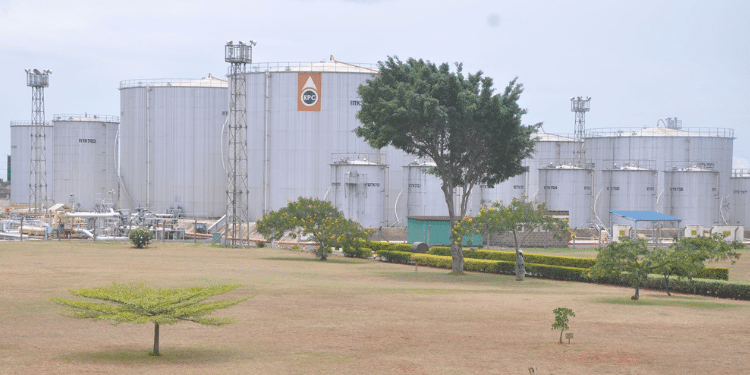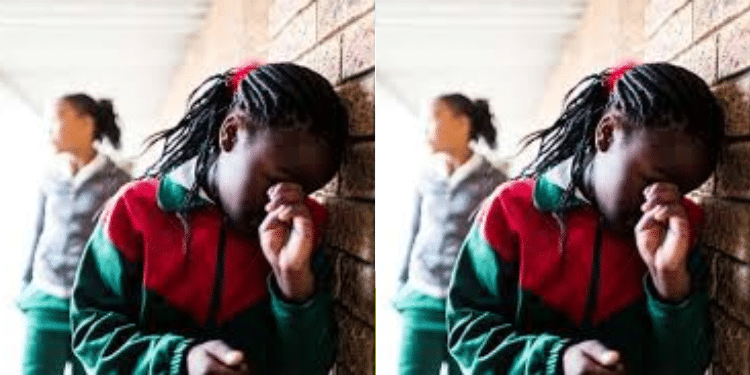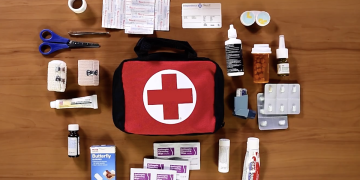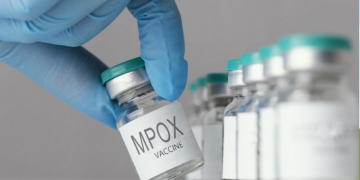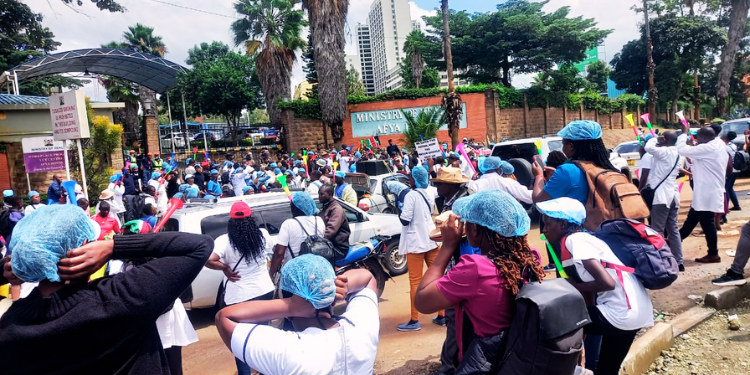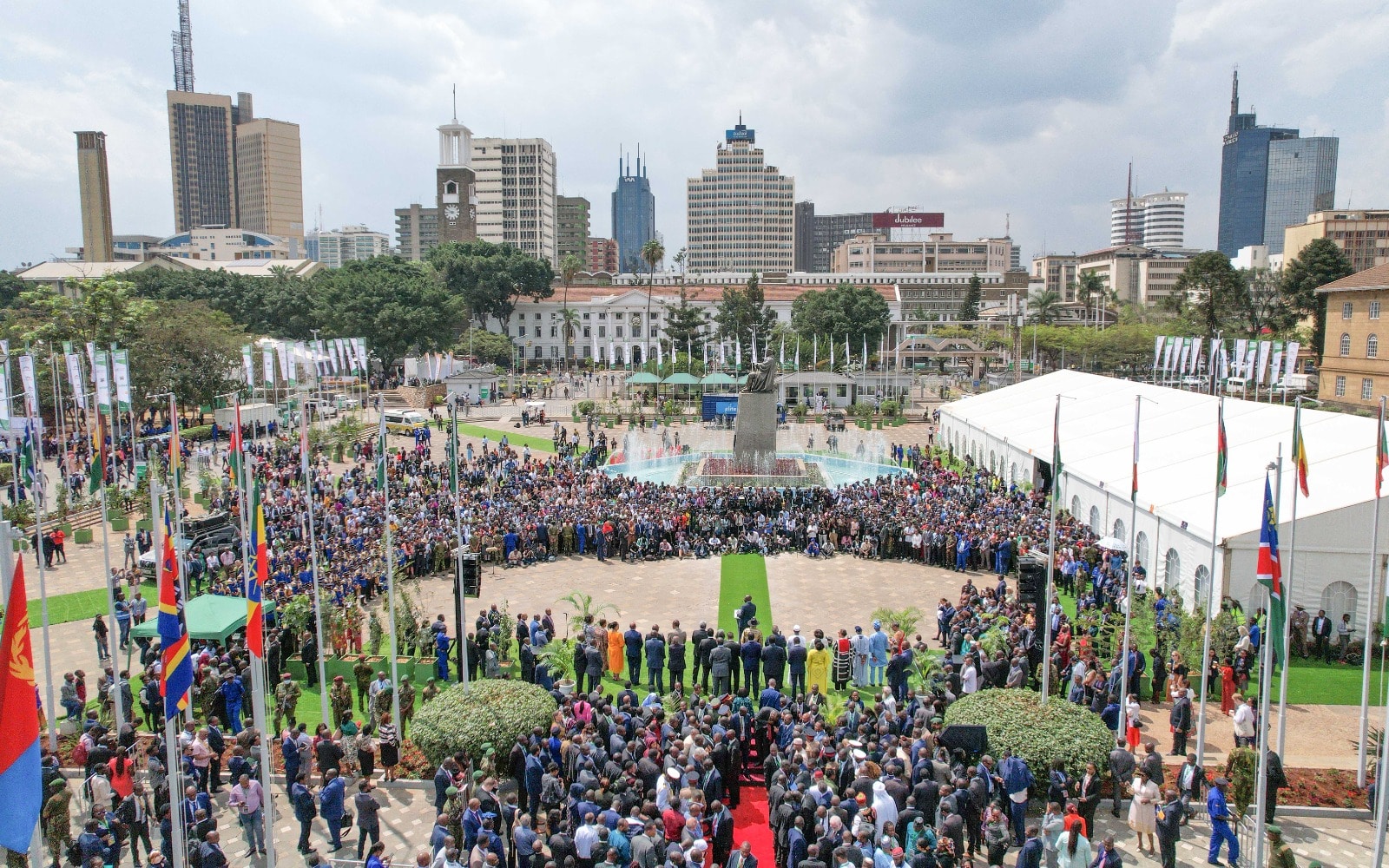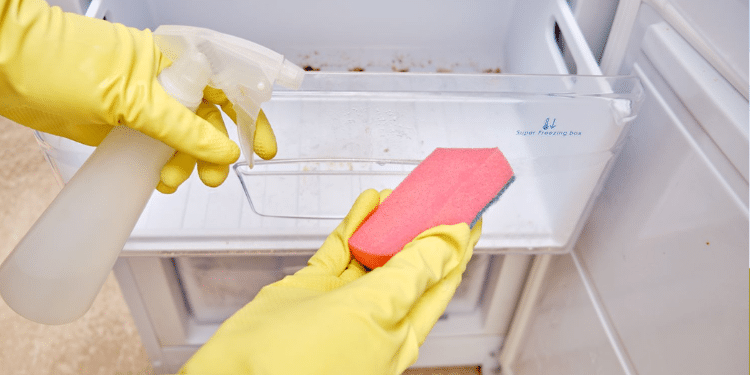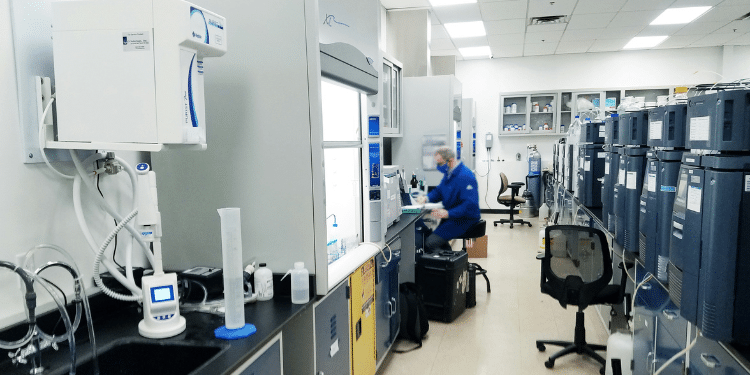Tear gas is a chemical weapon commonly used by law enforcement officers for crowd control.
It is primarily used to cause irritation to the eyes, mouth, throat, lungs, and skin, making it difficult for people to remain in areas where it is lodged.
This chemical has been used by police officers in Kenya for years during protests, including in the ongoing demonstrations against the Finance Bill 2024 across the country.
Tear gas is composed of Chlorobenzylidenemalononitrile (CS gas), a white crystalline powder that is typically dispersed as an aerosol. It can also contain Chloroacetophenone (CN gas), or Dibenzoxazepine (CR gas), Originally used as a pesticide.

Also Read: Gen Zs Announce 7 Days of Rage Including Occupy Churches
How Tear Gas Causes Irritation
Tear gas primarily affects mucous membranes in the eyes, nose, mouth, and respiratory tract. When these chemicals come into contact with moisture in the mucous membranes, they form hydrochloric acid and other compounds that cause intense burning and irritation.
Additionally, the chemicals activate sensory nerves, particularly the receptors which are responsible for sensing pain and temperature.
“This activation is what leads to the sensation of burning and discomfort,” research by the American Academy of Ophthalmology notes.
As a result, when a person is exposed to the gas, they experience intense tearing in the eyes, burning sensation, blurred vision, and temporary blindness.
At the same time, they experience coughing, choking, difficulty breathing throat irritation, burning on the skin, redness on the skin, and possible blistering.
“Others may experience nausea, vomiting, and disorientation in severe cases,” the research notes.

Precautions to Take During Protest
Use Milk or Antacid Solution. Mix a solution of water and liquid antacid, a common example is Gaviscon or Maalox. They are commonly used to neutralize stomach acid and provide relief from heartburn.
Mix a solution of water and liquid antacid in a 1:1 ratio and use a spray bottle to apply this to your face and eyes. Additionally, milk can help soothe the skin but is not recommended for the eyes.
Rinse Your Eyes and Skin. If exposed to tear gas, rinse your eyes with plain water for 10 to 15 minutes. Use a saline solution if available. For your skin, wash with cold water and mild soap.
Avoid hot water because it can open pores and increase irritation.
Use a Bandana or Cloth. Tear gas can cause severe irritation to the respiratory system, eyes, and skin. A bandana or cloth can serve as a barrier.
However, soak the bandana or cloth in water, vinegar, or lemon juice first, then tie it around your nose and mouth. This helps filter out some of the tear gas particles and neutralizes the chemicals to some extent.
Wear Goggles. Tear gas irritates the eyes, causing burning, tearing, and temporary blindness.
There are different kinds of goggles you can choose to use like swim goggles or any airtight protective eyewear to prevent tear gas from coming into contact with your eyes.
Cover Up Your Skin. Tear gas can cause burning sensations on exposed skin, so make sure you wear long-sleeved shirts, long pants, and gloves to minimize skin exposure. Synthetic fabrics are preferable as they are less absorbent than cotton.
Stay Calm and Breathe Slowly. Practice slow and deep breathing to reduce the amount of tear gas inhaled and try to remain as calm as possible to avoid panic and rash actions.
Also Read: In pictures: How Gen Z-Led Anti-Finance Bill Protests Went Down
Precautions to Take Before Protest
Avoid Contact Lenses. Tear gas can cling to contact lenses and oil-based products, leading to prolonged irritation. Instead, wear glasses or goggles to protect your eyes.
Avoid Oils. Do not apply oil-based lotions or sunscreen, as they can trap tear gas particles on your skin.
Carry Essential Supplies. These include a bottle of water for drinking and rinsing your eyes. Carry a small bottle of saline solution to rinse out your eyes if exposed to tear gas.
Plan Your Route. Know beforehand the location of the protest and stay aware of exit routes and safer areas to retreat to if needed. Also, position yourself upwind of any potential tear gas deployment to minimize exposure.
Communicate and Stay Informed. You have better chances of staying safe when you attend a protest with a group of friends or a friend so that you can look out for each other.
Keep your phone charged and have emergency contacts readily available.
Follow our WhatsApp Channel for real-time news updates:
https://whatsapp.com/channel/0029VaB3k54HltYFiQ1f2i2C



